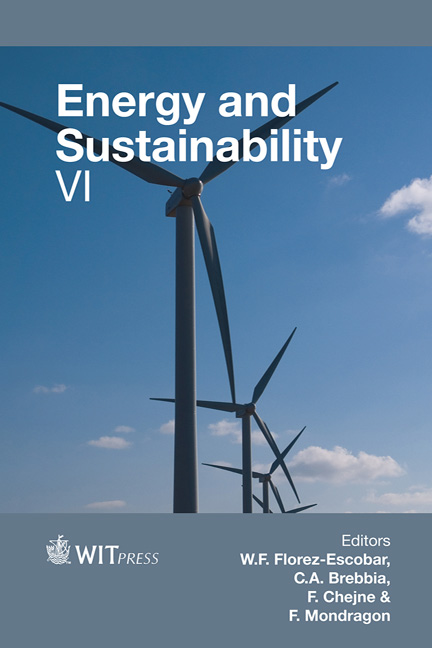Green Procurement Model Using Petri Nets: A Perspective Developed From The Models Applied To The Supply Chain
Price
Free (open access)
Transaction
Volume
195
Pages
11
Page Range
267 - 277
Published
2015
Size
616 kb
Paper DOI
10.2495/ESUS150231
Copyright
WIT Press
Author(s)
L. M. Guevara Ortega, L. Rodríguez Urrego, D. Gómez Gutiérrez, J. G. Chenet
Abstract
Currently, developed countries have been implementing sustainable development policies specifically in Sustainable Consumption and Production (SCP). Therefore, companies consider the products and services life cycle, where Green Procurement (GP) represents a key tool for sustainability in the Supply Chain (SC). Moreover, the future on green policies in countries like Colombia has a long way to go on issues such as energy production, consumption and processes within the supply chain. In the GP area, there are three relevant issues in sustainable development policies in Colombia: 1) issues linked to barriers in the implementation such as tariffs, taxes, incentives and promotion; 2) motivation and drivers for the implementation for both public and private sector and 3) performance impacts related to the models used in order to implement in companies. The latter one is the main interest of this paper. Regarding this work, it identifies the mathematical models most widely used in SC processes, especially the issues associated with purchase processes, selection and hiring of suppliers in large and medium-sized enterprises; public or private. Moreover, the paper analyzes the models regarding their advantages and disadvantages on which some of these can be used in GP processes due its high impact. Finally, a possible mathematical model used in GP processes based on petri nets (PN) for to their characteristics and application in complex systems.
Keywords
green procurement, petri nets models, green policies, sustainability supply chain





